|
Fotos que pueden a ayudar
a entender nuestro trabajo...
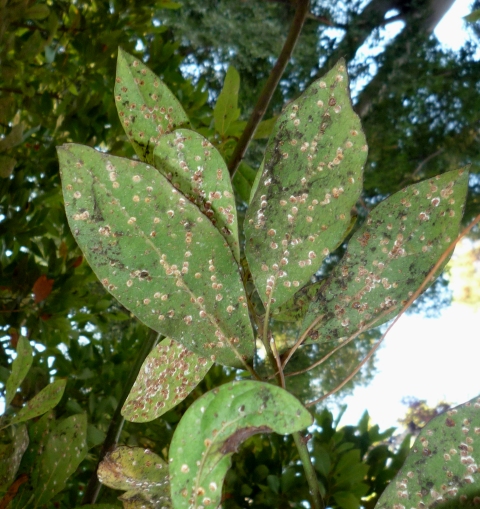 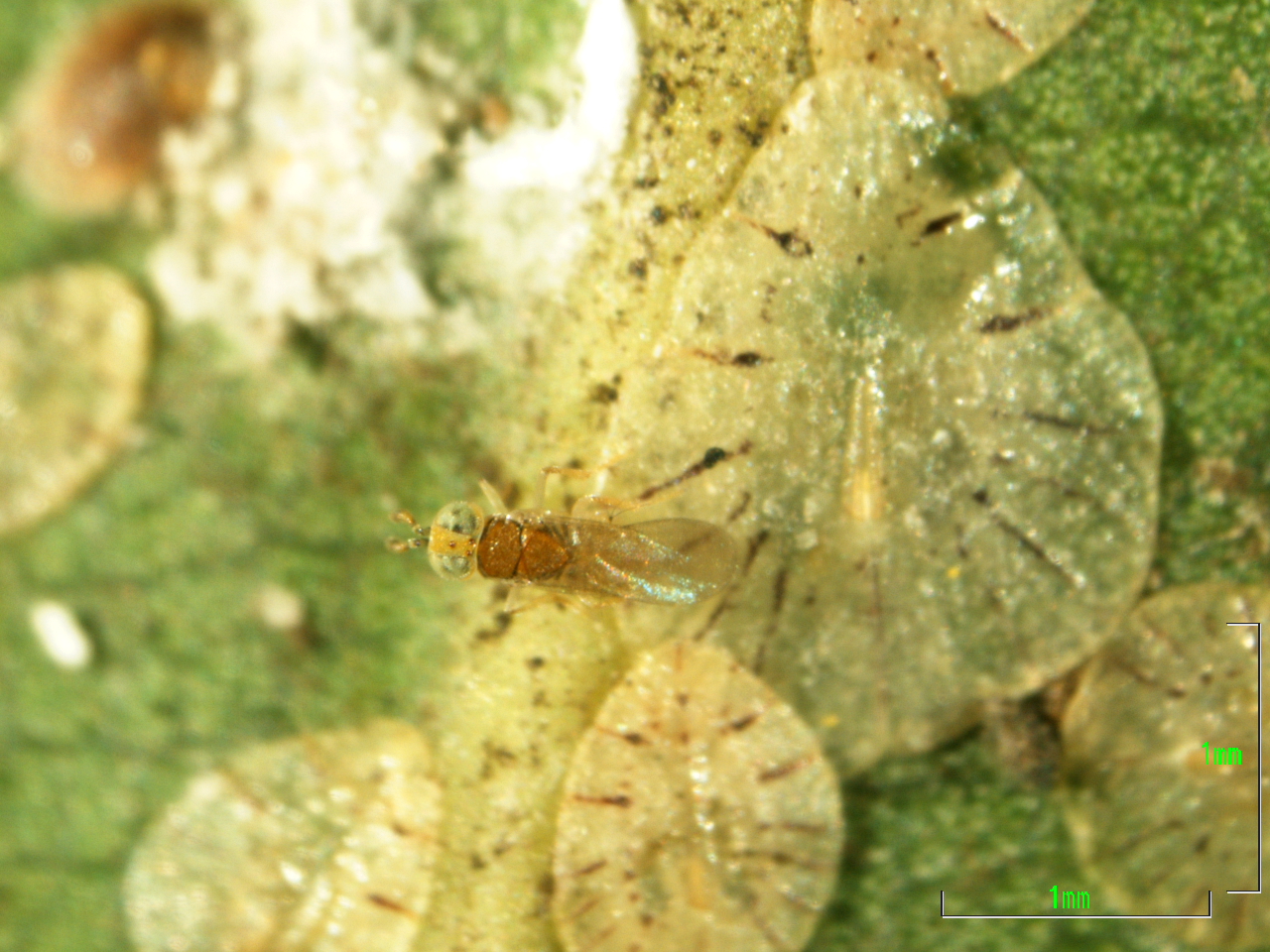
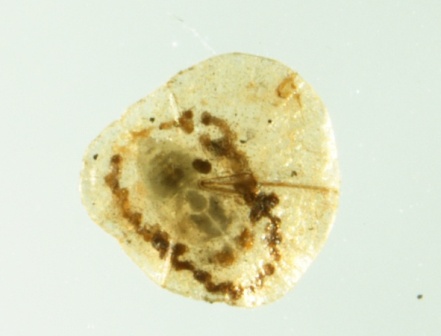 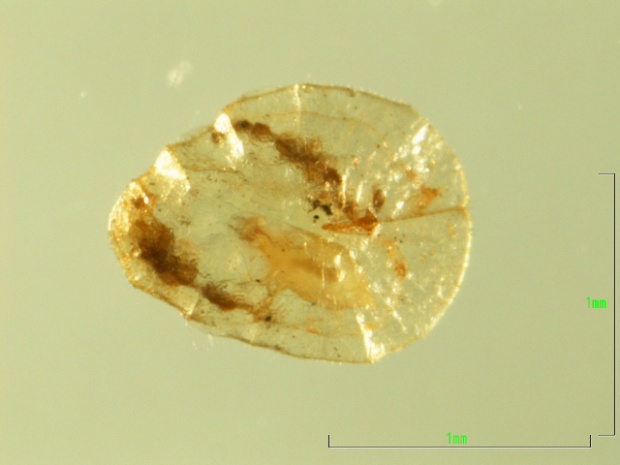
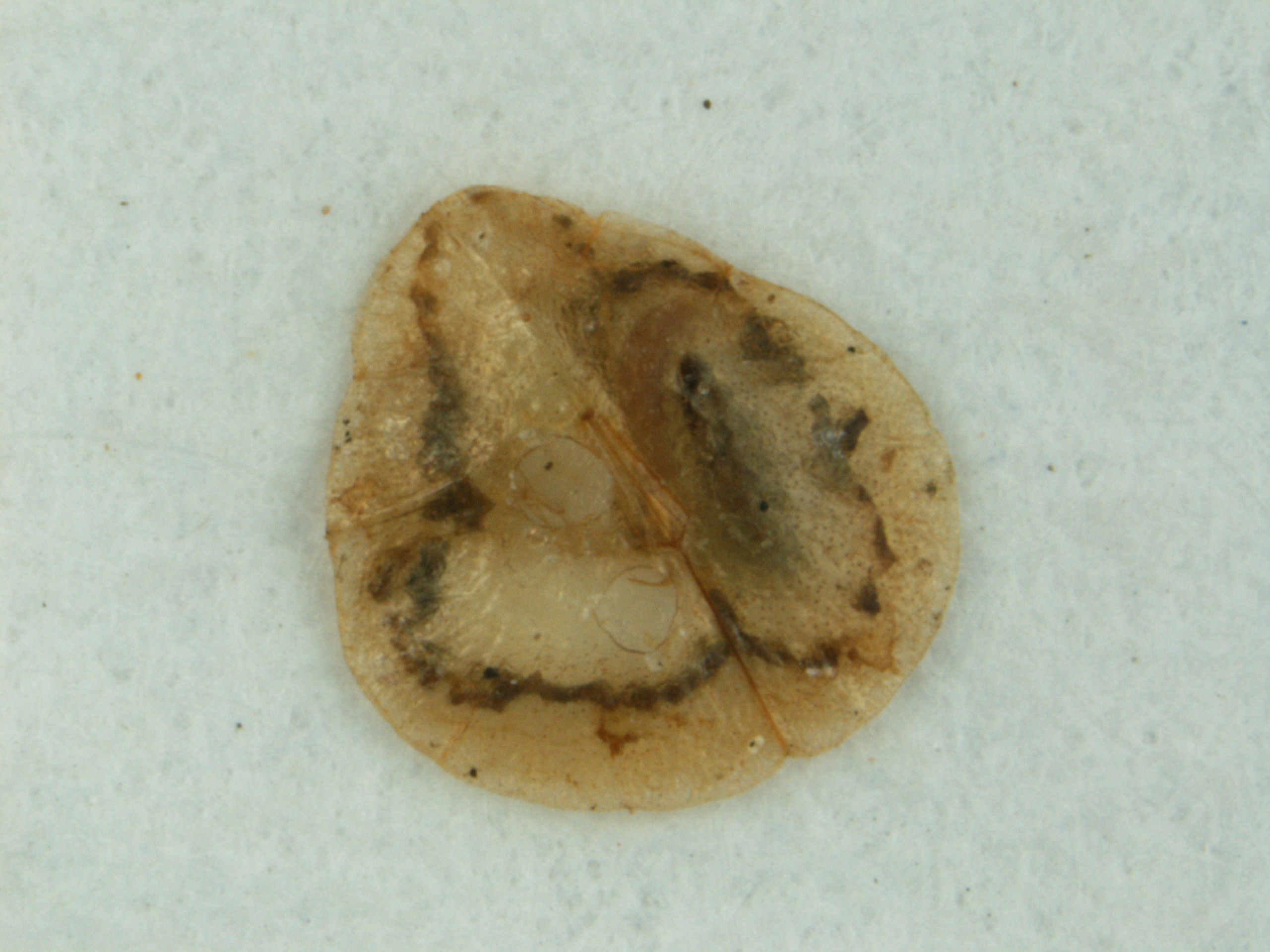 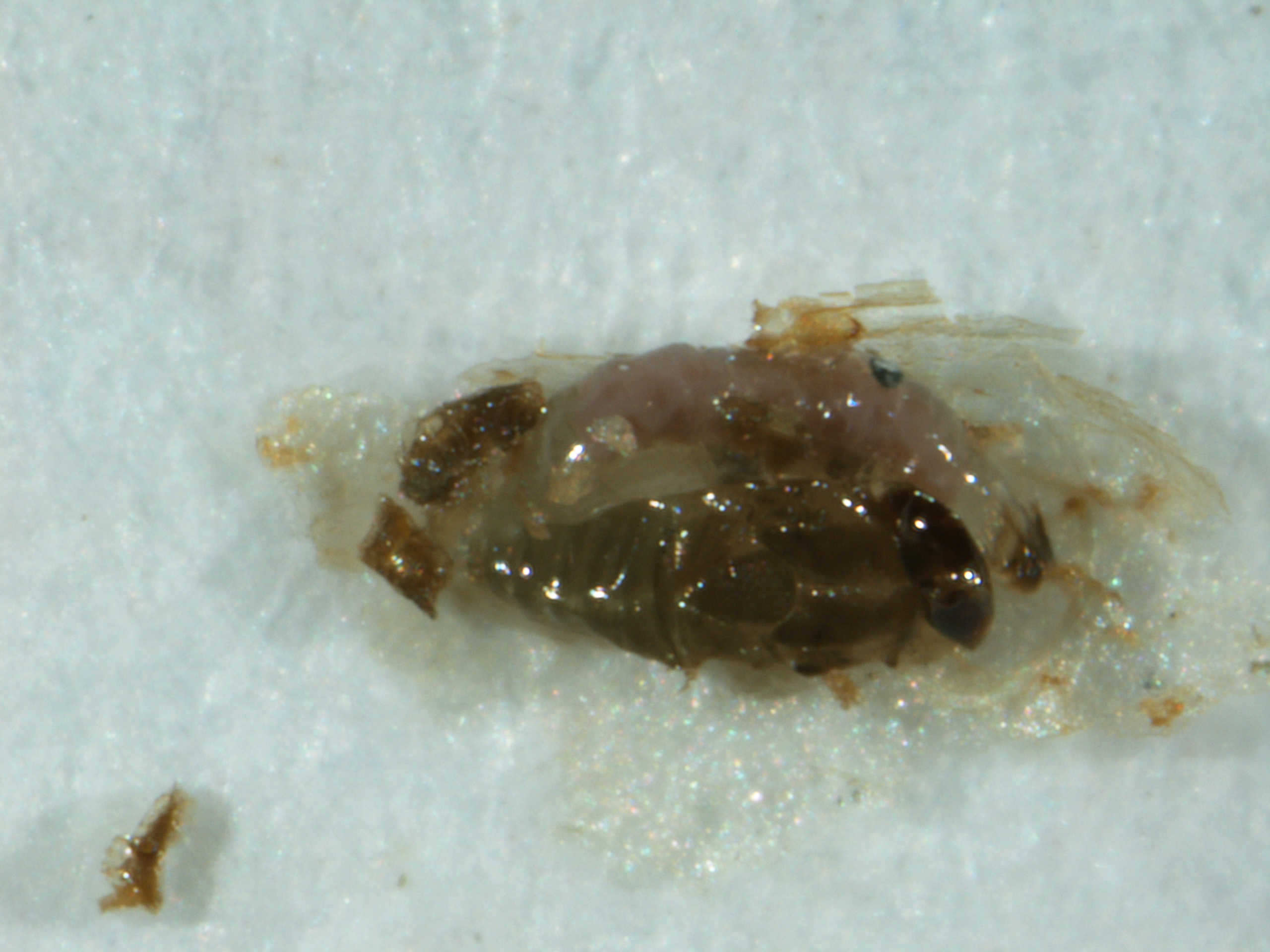
Laurel, Protopulvinaria pyriformis y Metaphycus helvolus.
¡¡¡Defensa activa de un cóccido frente a su parasitoide!!! ¡¡¡Posible uso de metabolitos
secundarios!!! E hiperparasitismo.
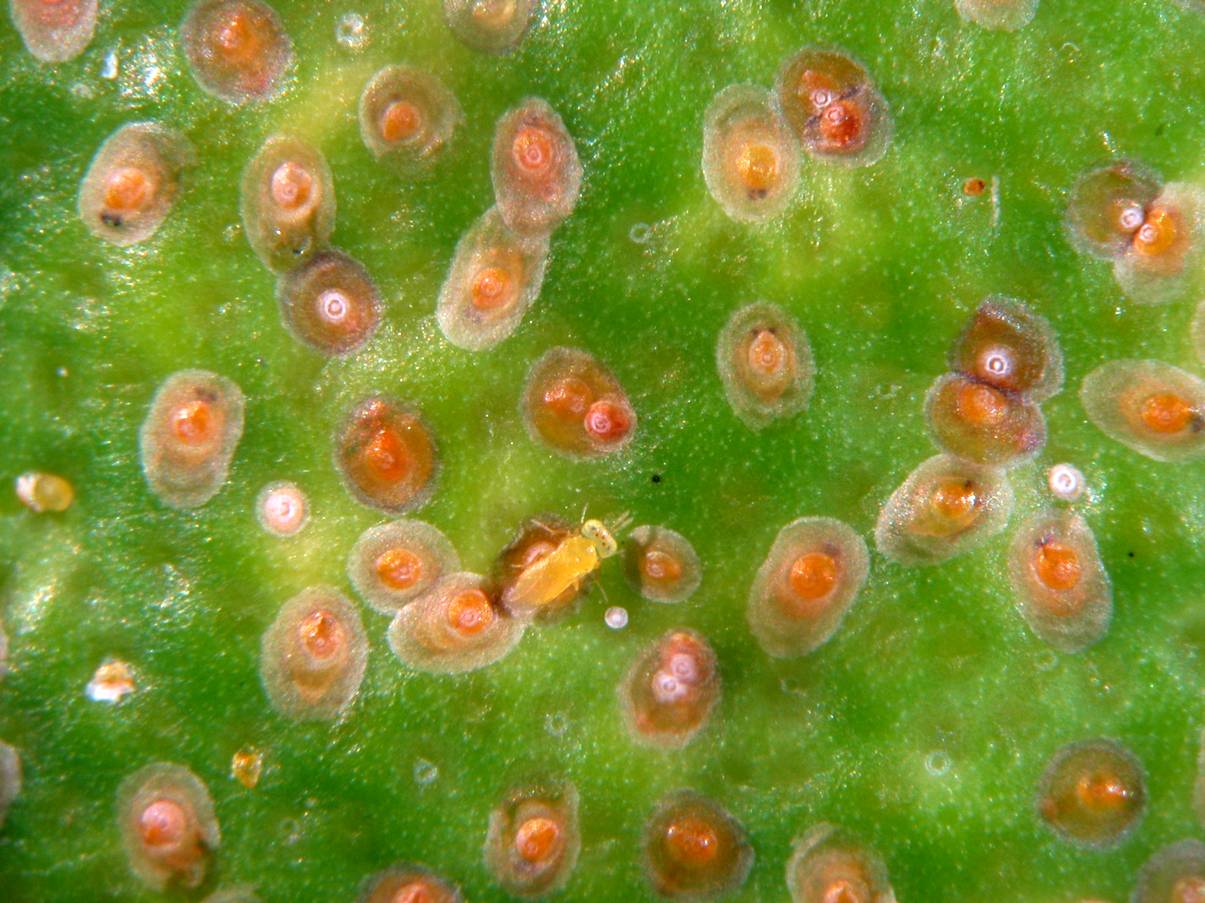
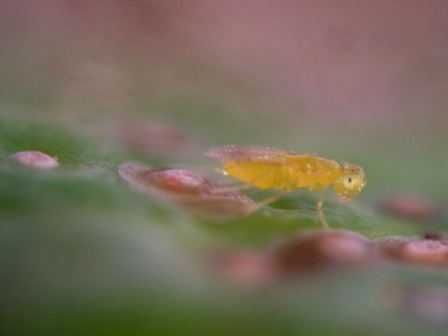 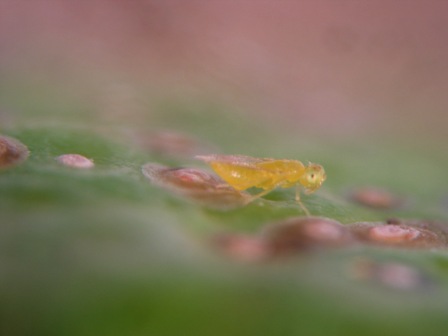
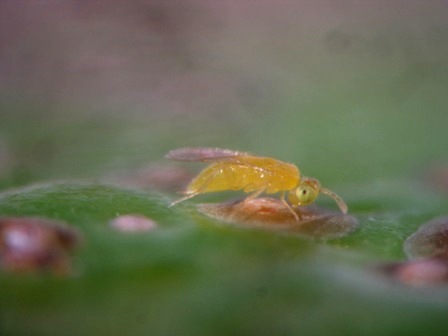
Aonidiella aurantii y Aphytis melinus.
Todavía nos queda mucho por conocer.
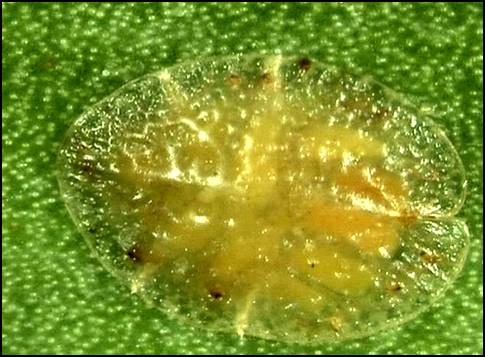 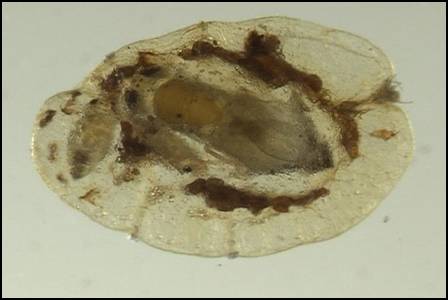
Coccus
hesperidum y Metaphycus flavus. ¡¡¡Superparasitismo, canibalismo y
ovicidio en un parasitoide gregario facultativo!!! ¿Por qué emplean tanto tiempo buscando los huevos de la
primera hembra? ¿Afecta el superparasitismo a los descendiente? ¿Quién tiende a luchar más las larvas hembras o los machos?
¿Y qué ocurre con el huésped, es capaz de encapsular sus huevos?
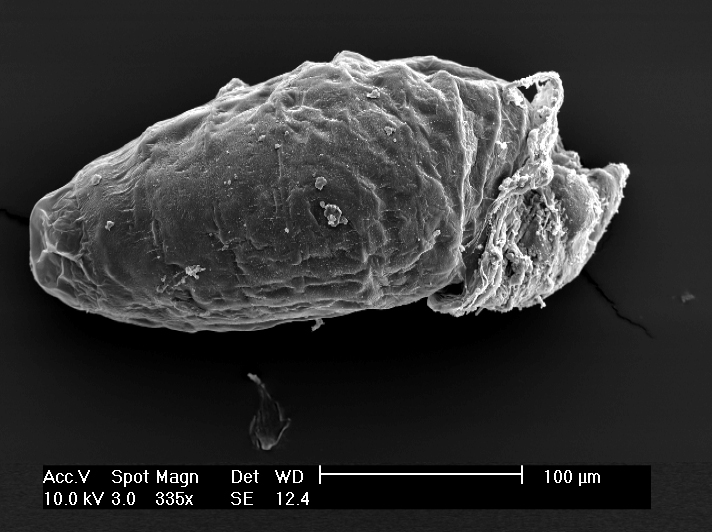 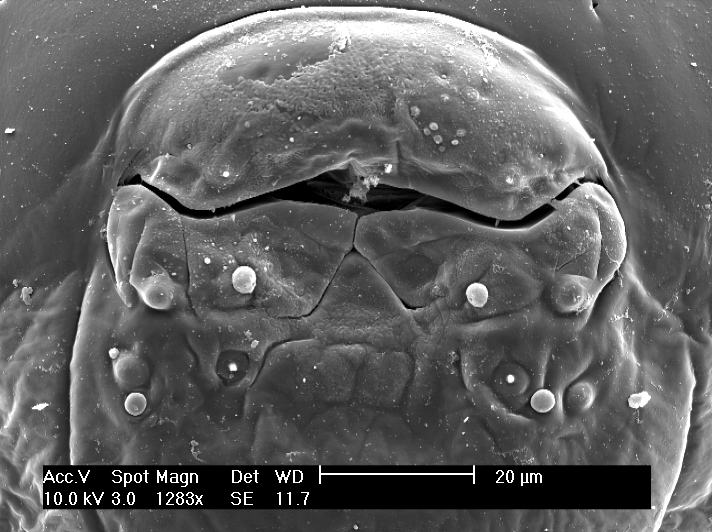
¿Por qué las
larvas de M. flavus luchan entre ellas al final de su
desarrollo y no al principio como otros parasitoides? ¿Qué función tienen
las sensilias olfativas de las larvas si viven en un medio acuoso?
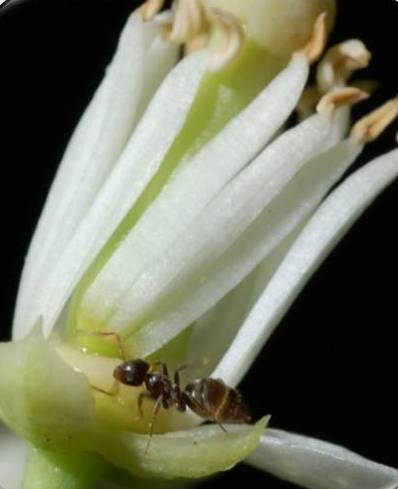 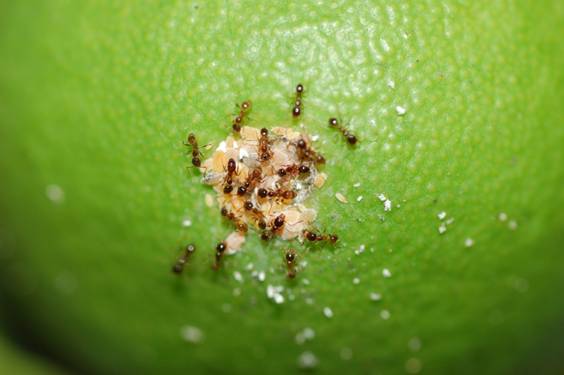
Lasius
grandis, Pheidolle pallidula, Plagiolepis schmitzii en cítricos. ¿Por
qué suben a las copas? ¿Por qué no se alimentan del néctar? ¿Qué melazas
prefieren? ¿Por qué se excluyen unas a otras? ¿Cuándo coexisten? ¡¡¡Todo esto y
mucho más lo respondió A. Pekas en su tesis!!!
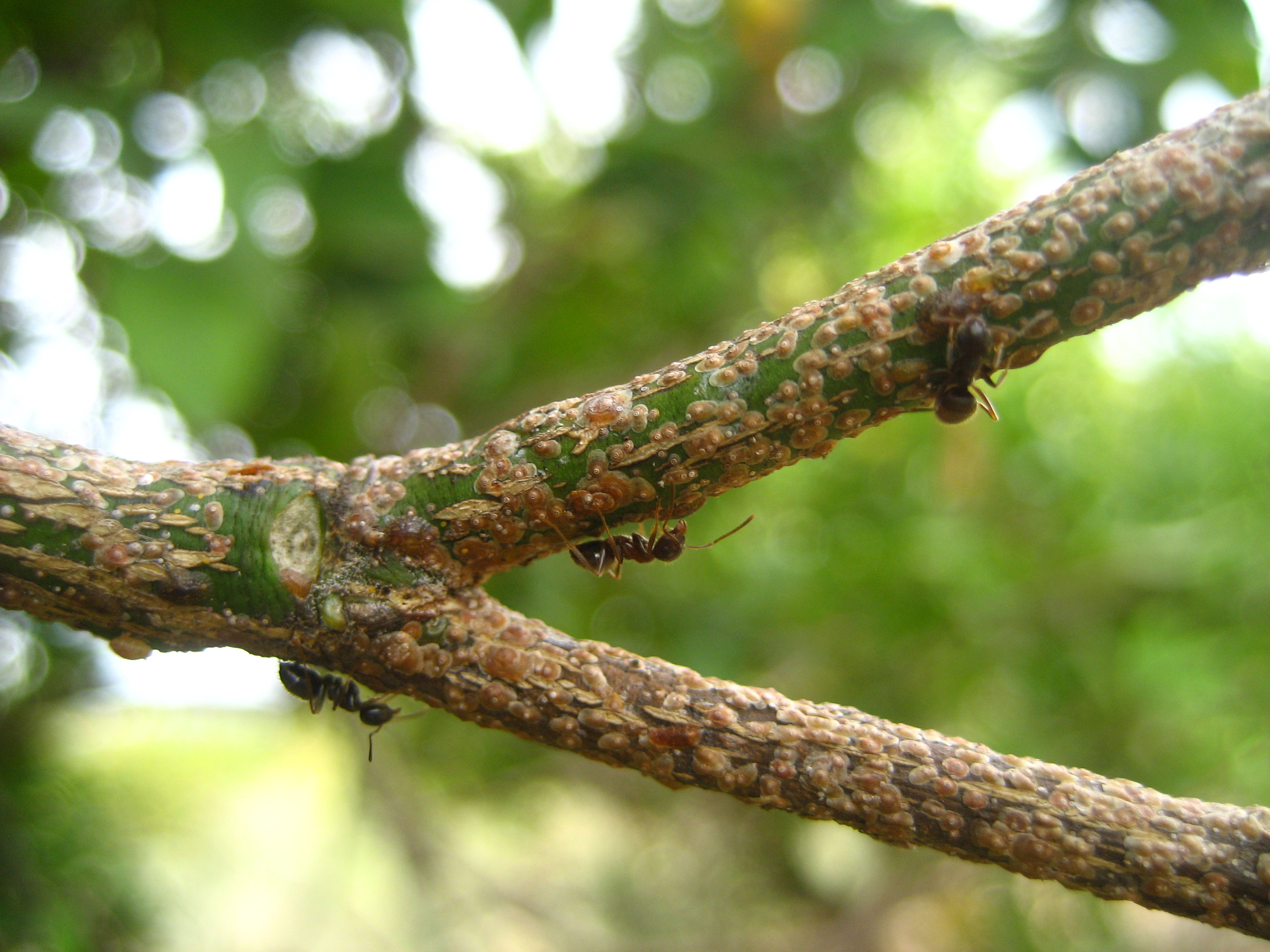 
¿Y qué pasa con el piojo rojo de California cuando las
hormigas suben a por melaza?
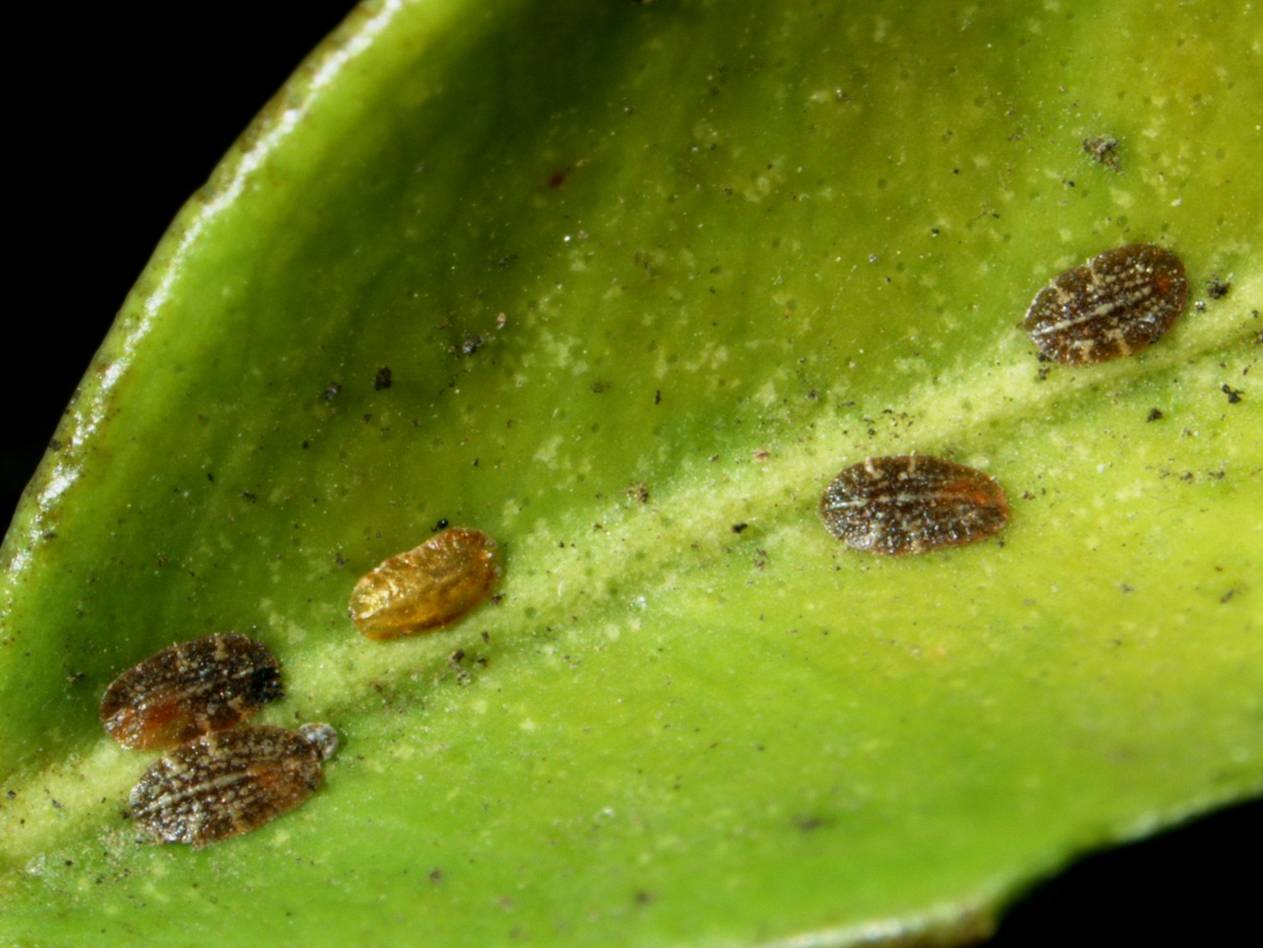 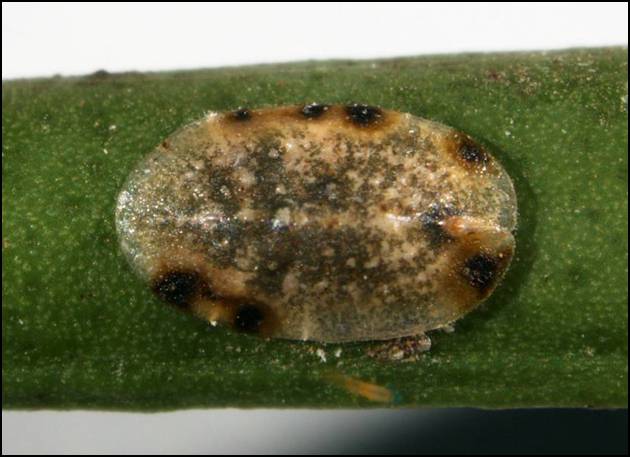
Coccus
pseudomagnoliarum y
Metaphycus helvolus. Un
claro ejemplo de como la encapsulación puede ser el factor determinante en
el control biológico de los cóccidos.
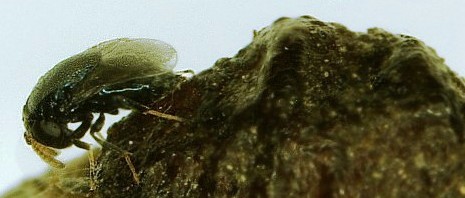
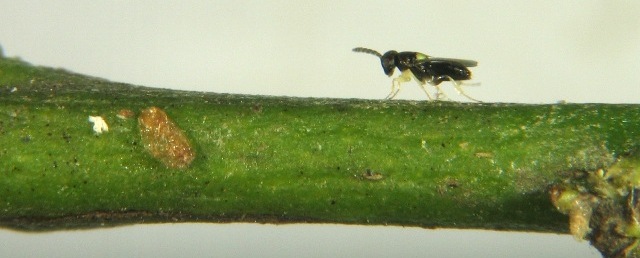
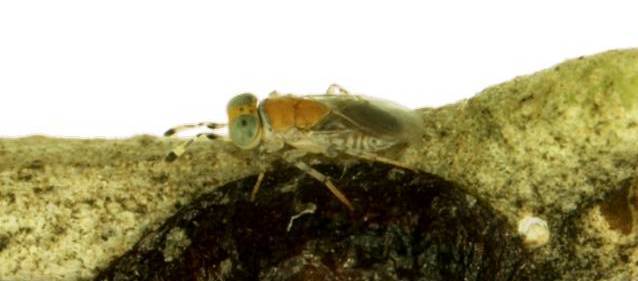
Parasitoides de
Saissetia oleae. ¿Tal vez demasiados?
|
proyectos en vigor
“Food
web engineering in avocado and citrus: enhancing biologicalcontrol and
effects of environmental conditions on relevant tri-trophic interactions.”
Entidad financiadora: MICINN. Nº proyecto: AGL2011-30538-C03-02.
Duración desde: 2012 hasta: 2015.
"Integrating new practices in programs of Biological Control against
Agricultural pests (IPRABIO)". Entidad financiadora: Unión Europea.
Call:
FP7-PEOPLE-2010. Número del proyecto: IRSES-269196.
Duración desde: 2011 hasta: 2014.
“Control
de plagas en cítricos minimizando el uso de plaguicidas”
Entidad financiadora: Generalitat Valenciana. IVIA.
Publicaciones
ECOLOGIA
DE PARASITOIDES Y DEPREDADORES
- Tena, A.,
Pekas, A., Cano, D., Wäckers, F., Urbaneja, A. (2015).Sugar provisioning maximizes the biocontrol service of parasitoids. Journal of Applied Ecology. doi: 10.1111/1365-2664.12426
-
Kapranas,
A., Tena, A. (2015)
Encyrtid parasitoids of soft scale
insects: biology, behavior and their use in biological control.
Annual Review of Entomology.
DOI:
10.1146/annurev-ento-010814-021053
-
Beltrà, A.,
Pekas, A., Soto, A., Tena, A. (2014) Employing evolutionary
theory to improve biological pest control: causes of non-adaptive sex
allocation behavior in parasitoid wasps and implications.
Basic and Applied Ecology (15): 625-632
-
Tena, A.,
Llácer, E., Urbaneja, A. (2013)
Biological control of a
non-honeydew producer mediated by a distinct hierarchy of honeydew
quality.
Biological Control
(67): 117-122
-
Tena, A.,
Pekas, A., Wäckers, F., Urbaneja, A. (2013). Energy reserves of
parasitoids depend on honeydew from non-hosts. Ecological Entomology
(38):
278–289.
-
Urbaneja-Bernat, P.
M. Alonso, A. Tena, K. Bolckmans And A. Urbaneja.
Sugar as nutritional supplement for the zoophytophagous predator Nesidiocoris tenuis. Biocontrol
(DOI) 10.1007/s10530-012-0270-5.
-
Tena, A.,
Beltrà, A., Soto, A, (2012) Novel defenses of Protopulvinaria pyriformis
(Hemiptera: Coccidea) against its major parasitoid Metaphycus helvolus
(Hymenoptera: Encyrtidae): implications for biological control of soft
scales.
Biological Control
(62): 45-52
-
Kapranas, A., Tena, A.,
Luck, F.R. (2012) Dynamic virulence in a parasitoid wasp: the influence of
clutch size and sequential oviposition on egg encapsulation. Animal
behaviour (83): 833-838
-
Tena, A.,
Kapranas, A., Walker, G., Garcia-Marí, F. and Luck, F. R. (2011).
Larval morphology of
Metaphycus flavus and its role in host
attachment and larval cannibalism.
Bulletin of Entomological Research
(3):365-72
-
Tena, A.,
Kapranas, A., Garcia-Marí, F. and Luck, F. R.
(2009).
Larval
cannibalism during the late developmental stages of a facultatively
gregarious encyrtid endoparasitoid.
Ecological
Entomology
(34):
669-676.
-
Tena, A.,
Kapranas, A., Garcia-Marí, F. and Luck, F. R. (2008) Host discrimination,
superparasitism, and ovicide by a gregarious endoparasitoid. Animal
behaviour (76): 789-799.
CONTROL
BIOLÓGICO
-
Gómez-Marco,
F., Urbaneja, A., Jacas, J.A., Rugman-Jones P., Stouthamer, R., Tena, A. (2015). Untangling the structure of
the aphid-parasitoid food web in citrus: can hyperparasitoids disrupt
biological control? Biological
Control. doi:10.1016/j.biocontrol.2014.11.015
-
Urbaneja‐Bernat,
P., Mollá, O., Alonso, M., Bolkcmans, K., Urbaneja, A., Tena, A.
(2014). Sugars as complementary alternative food for the
establishment of Nesidiocoris tenuis in greenhouse tomato.
Journal of Applied Entomology.DOI: 10.1111/jen.12151
-
Tena, A.,
Hoddle, C., Hoddle, M.
2013. Competition between honeydew producers in an ant-hemipteran
interaction may enhance biological control of an invasive pest.
Bulletin of Entomological Research.
doi:10.1017/S000748531300045X
-
Beltrà, A.,
Tena, A., Soto, A. (2013). Fortuitous biological control of the
invasive mealybug Phenacoccus peruvianus in Southern Europe.
BioControl. DOI 10.1007/s10526-012-9488-5.
-
Beltrà, A.,
Tena, A., Soto, A. (2013). Reproductive strategies and food
sources used by Acerophagus n. sp. near coccois, a new
successful parasitoid of the invasive mealybug Phenacoccus
peruvianus. Journal of Pest Science. DOI 10.1007/s10340-012-0475-5.
-
Beltrà, A., Soto,
A, Tena, A. (2011).
Parasitoid community of Protopulvinaria pyriformis (Hemiptera:
Coccidae) on laurel: Influence of host size, seasonal trend and
aggregation on its main parasitoid.
Biological Control (58):
36-43
-
Pekas, A.,
Tena, A., Aguilar, A., Garcia-Marí, F. (2011).
Spatio-temporal patterns and interactions with honeydew-producing hemiptera
of ants in a Mediterranean citrus orchard.
Agricultural and Forest Entomology (13): 89-97
-
Pekas, A.,
Tena, A., Aguilar, A., Garcia-Marí, F. (2010).
Effect of Mediterranean Ants (Hymenoptera: Formicidae) on California Red
Scale (Hemiptera: Diaspididae) Populations in Citrus Orchards.
Environmental Entomology (39): 827-834.
-
Pekas, A.,
Aguilar, A., Tena, A., Garcia-Marí, F. (2010).
Influence of host size on parasitism by
Aphytis chrysomphali and A. melinus (Hymenoptera: Aphelinidae) in Mediterranean populations of
California red scale Aonidiella aurantii (Hemiptera: Diaspididae).
Biological Control (55): 132-140.
-
Tena, A.
and F. Garcia-Marí. (2009)
Brood size, sex ratio and egg load of Metaphycus lounsburyi (Hymenoptera: Encyrtidae) when parasitizing adult
females of black scale Saissetia oleae (Hemiptera: Coccidae) in the field.
Biological Control
(51): 110–115.
-
Tena, A.
and F. Garcia-Marí (2008). Suitability of citricola scale Coccus
pseudomagnoliarum as host of Metaphycus helvolus: influence of
host size and encapsulation. Biological Control (46): 341–347.
-
Tena, A.,
Soto, A. and Garcia-Marí, F. (2008).
Parasitoid complex of black scale
Saissetia oleae on Citrus and
Olives: parasitoid species composition and seasonal trend. Biocontrol (53): 473-487.
GESTIÓN
INTEGRADA DE PLAGAS
-
Planes,
L., Catalán, J., Urbaneja, A, Tena, A.
(2014). Within-tree and temporal distribution of
Pezothrips kellyanus
nymphs in citrus
canopies and their influence on premature fruit drop. Environmetal
Entomology
(43):
689-695
-
Planes, L., Catalán,
J., Tena, A., Porcuna, J.L., Jacas, J.A., Izquierdo, J.,
Urbaneja, A. (2013). Lethal and sublethal effects of spirotetramat on
the mealybug destroyer, Cryptolaemus montrouzieri. Journal of
Pest Science. DOI: 10.1007/s10340-012-0440-3
-
P.
Vanaclocha, C. Vidal-Quist, S. Oheix, H. Montón, L. Planes, J. Catalán,
A. Tena, M. J. Verdú, A. Urbaneja. (2013)
Acute toxicity in
laboratory tests of fresh and aged residues of pesticides used in citrus
on the parasitoid Aphytis melinus. Journal of Pest Science.
DOI
10.1007/s10340-012-0448-8
-
Juan-Blasco, M.,
Tena, A., Vanaclocha, P., Cambra, M., Urbaneja A.,
and Monzó, C.
(2011). Efficacy of a micro-encapsulated formulation compared to a sticky barrier
for excluding ants from citrus canopies.
Journal of Applied Entomology (135):
467-472.
-
Tena, A.,
Soto, A., Vercher, R. and Garcia-Marí, F.
(2007)
Density and Structure of
Saissetia oleae (Hemiptera: Coccidae)
Populations on Citrus and Olives: Relative Importance of the Two Annual
Generations. Environmental Entomology (36): 700-707.
|











